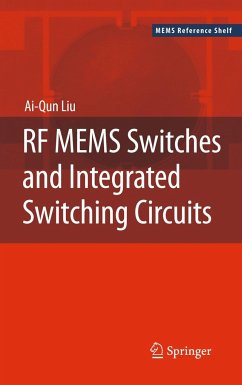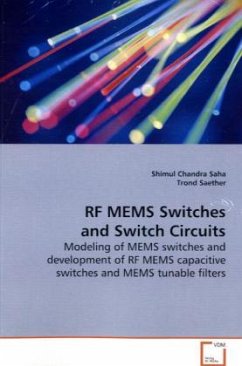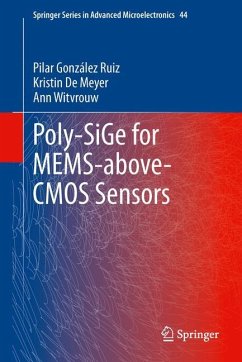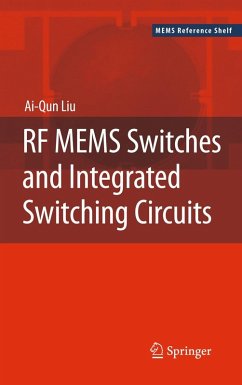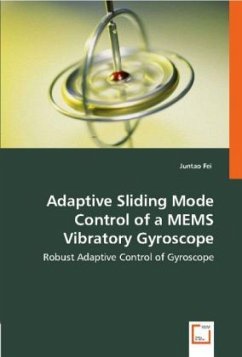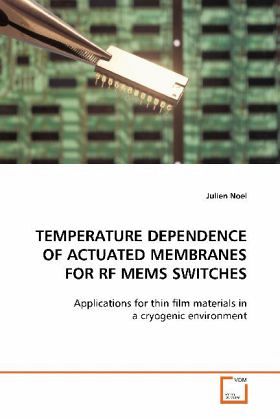
Temperature Dependence of Actuated Membranes for RF MEMS Switches
Applications for thin film materials in a cryogenicenvironment
Versandkostenfrei!
Versandfertig in 6-10 Tagen
32,99 €
inkl. MwSt.

PAYBACK Punkte
16 °P sammeln!
Over the last 10 years, understanding of mechanicalproperties of thin film material has been essentialfor improving life-time operations ofmicroelectromechanical systems (MEMS). Although,properties of bulk materials might be wellcharacterized, thin-film properties are considerablydifferent from those of the bulk. It cannot beassumed that mechanical properties using bulkspecimens will apply to the same materials when usedas a thin film. For many microelectronicthin films, material properties depend strongly onthe details of the deposition processes and thegrowth conditions on its substrate.Temp...
Over the last 10 years, understanding of mechanicalproperties of thin film material has been essentialfor improving life-time operations ofmicroelectromechanical systems (MEMS). Although,properties of bulk materials might be wellcharacterized, thin-film properties are considerablydifferent from those of the bulk. It cannot beassumed that mechanical properties using bulkspecimens will apply to the same materials when usedas a thin film. For many microelectronicthin films, material properties depend strongly onthe details of the deposition processes and thegrowth conditions on its substrate.Temperature dependence of a MEMS switch gold thinfilm membrane on the pull down voltage as thetemperature is varied from room temperature(300 K) to cryogenic temperature (10 K) isdetermined with RF MEMS shunt switches. The switchis composed of a gold coplanar waveguide structurewith a gold bridge membrane suspended above an areaof the center conductor which is covered by adielectric (BaTiO3). The gold membrane is actuatedby an electrostatic force acting between thetransmission line and the membrane when a voltage isapplied.



